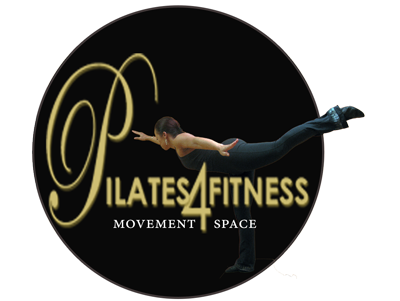It is always about the angles. The angles, twists, turns, curves and lines we find and create with our bodies. How much mobility, length, strength and flexibility do you have in the angles of your body?
With just a little daily, regular practice with the Pilates method – both on and off the mat, you could work out the kinks and stay pliable, flexible, stretched and strong for a long time.
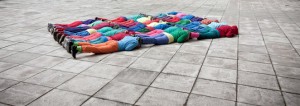
I like to keep it simple. Particularly when working with a newcomer to Pilates movement. The first thing to do is to frame out the area of your work.
Center yourself in the box: whether it be on your mat or the reformer bed (both are rectangular boxes, right?!) By aligning your body’s “box” – the powerhouse – the space between your shoulder-to-shoulder and hip-to-hip frame – in the area of your workspace you correctly center your body for the work intended.
Concentrate on staying inside your body’s box: 1) top to bottom, 2)front to back, 3) side to side. Work inside the powerhouse frame, by focusing on “hugging the center” median line. In other words, keep your focus, energy and muscle aligned toward the center of your body’s box – top-bottom, front-back, side-side. Every movement made, from this point forward; every angle, twist, turn or curve will be made from the center of that line.
Lines & Angles
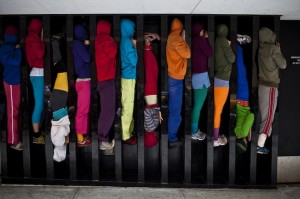
The angles of movement on the mat or reformer, all begin with building a solid, grounded base. Once you have established an engaged “front-to-back core placement” on the mat, Pilates presents the challenge of development and strength building of the body with the precise movements away from the center of the “body’s box”. The fun part in all exercise comes from the challenge of moving our extremities (the arms and legs) at precise angles “away” from the center of the body, i.e., the powerhouse. The box we are laying on as well as the “box frame” of our body.
Angles of Challenge
-
horizontal = 180 degrees = flat
-
vertical = 90 degrees from center
-
diagonal = 45 degrees from center
The farther we move away from the center line, the more challenging work we give to the core stabilizers (our powerhouse core) to hold the line. Every exercise on the Pilates Mat or Apparatus – as well as all the transitions between the exercises – are designed to work the body thru the four corners of the box at varying degrees of challenge and in every angle of direction.
Circles & Rotations
Then there are the sweet, juicy curves and rotations of the “ball in socket” joints. Those of the legs, hips and arms in addition to the twists, turns and curves of the waist afforded us by our sideline muscles, aka, the obliques.
It is very hard to work these beautiful rotational muscles in the gym. All the machines of the typical gym are designed for horizontal and vertical alignment and angles only. While one of the favorite beginner movements on the reformer apparatus in a Pilates studio, is Frogs & Circles. The circular, rotational movements of the legs in the straps or the springs of the Tower or Cadillac are divine and appreciated greatly to all bodies – every time. Yes, we all love the the spine-massaging, core-engaged “scoop, curve and roll” of “Rolling Like a Ball” in the Pilates Mat series.
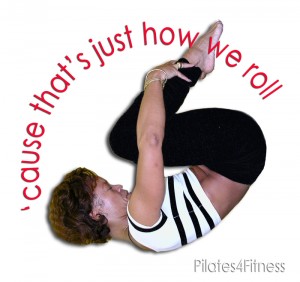 The Pilates Orbit and Pilates4Fitness FootWheels are my two additional favorite tools used regularly in the Pilates4Fitness studio to facilitate the desired stretching and rotational movements of the hips, legs, arms and torso.
The Pilates Orbit and Pilates4Fitness FootWheels are my two additional favorite tools used regularly in the Pilates4Fitness studio to facilitate the desired stretching and rotational movements of the hips, legs, arms and torso.
Three Key Angles to Master
Beginners are encouraged to concentrate on deepening the “scoop” of the abdominals to open the curve of the spine. This is the first key angle to master. Finding the depth of the scoop to hug the front wall of the body toward the back wall of the body. Pilates teachers refer to it as the “C” curve of the spine. The head is the top of the “C” the sitz bones are the bottom of the “C” curve. Finding the scoop of the curve is key to engaging the abdominal powerhouse.
The second key angle to master is lengthening the core “box” to lift it from the ground. I teach students to envision the creation of space between each vertebra of the spine to find and hold the lift of the torso away from the gravitational pull of the earth.
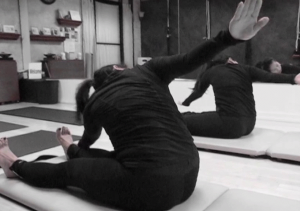
Lastly, the third key angle to master is the wrapping of the waist around the spine to twist, rotate and open the torso. Again, utilizing the powerhouse 1) top to bottom, 2)front to back, 3) side to side engagement while anchoring the seat of the body and rotating from the obliques and erector spinae to open and lift the upper torso. It’s one of the juiciest movements you can make and enjoy.
These are the three keys to movement; finding, using and holding the body in its box on the frame in the “C” Curve scoop, the straight “L” lift and “T” twist and rotated. It’s all about the angles, baby!
If you enjoyed reading this post, resonated with it and smiled a bit, feel free to share!
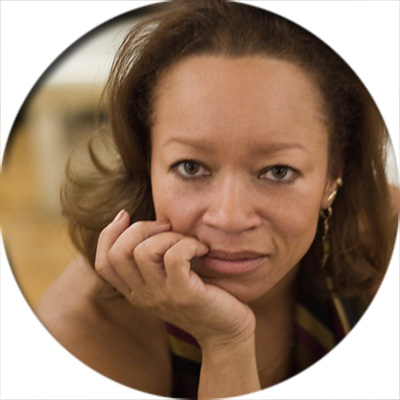
Gina Jackson, is a classically trained Pilates Teacher and has been teaching along the Gold Coast of Hudson and Bergen County, NJ for the past fifteen+ years.
Certified by Power Pilates of New York, Gina has trained with Master Teachers Bob Liekens, Susan Moran and Brett Howard; loved workshop training with Cary Regan and Blossom Leilani-Crawford and has particularly enjoyed listening to the personal stories as told by Pilates Elders, Kathy Grant and Lolita San Miguel.
An active teacher and blogger, Gina manages a private personal training business supporting a myriad of clients, teaching all to honor their health, strength and life with the principles of Pilates at its core.
